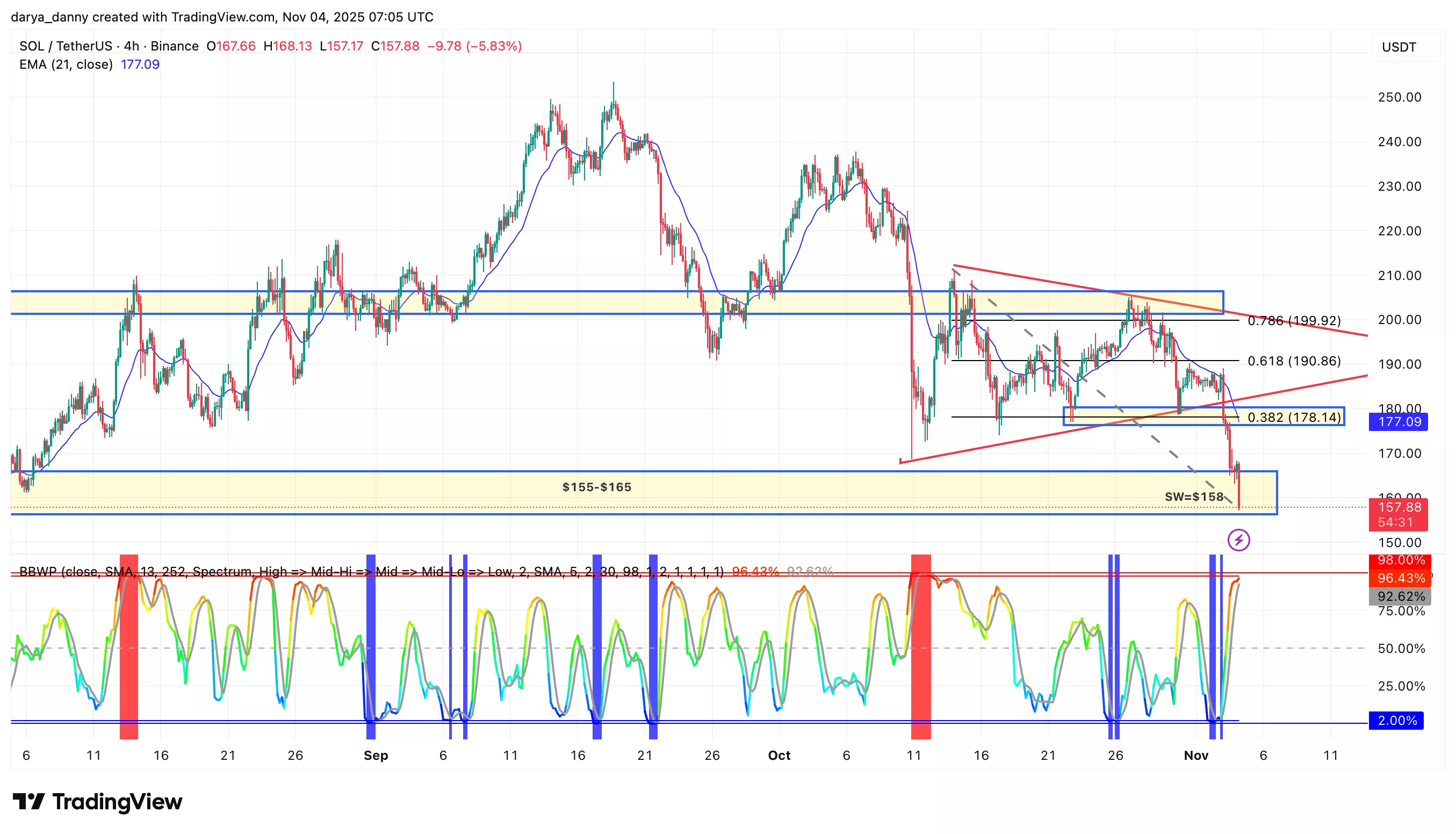Understanding Bitcoin Mining Through the Lens of Dutch Disease
There’s a paradox at the heart of modern economics: sometimes, discovering a valuable resource can make a country poorer. It sounds impossible — how can sudden wealth lead to economic decline? Yet this pattern has repeated across decades and continents, from the Netherlands’ natural gas boom in the 1960s to oil discoveries in numerous developing countries. Economists have a name for this phenomenon: Dutch Disease. Today, as Bitcoin Mining operations establish themselves in regions around the world, attracted by cheap resources. With electricity and favorable regulations, economists are asking an intriguing question: Does cryptocurrency mining share enough characteristics with traditional resource booms to trigger similar economic distortions? Or is this digital industry different enough to avoid the pitfalls that have plagued oil-rich and gas-rich nations?
The Kazakhstan Case Study
In 2021, Kazakhstan became a global Bitcoin mining hub after China’s cryptocurrency ban. Within months, mining operations consumed nearly 8% of the nation’s electricity. The initial windfall — investment, jobs, tax revenue — quickly turned to crisis. By early 2022, the country faced rolling blackouts, surging energy costs for manufacturers, and public protests. The government imposed strict mining limits, but damage to traditional industries was already done.
This pattern has a name: Dutch Disease.
Understanding Dutch Disease
Dutch Disease describes how sudden resource wealth can paradoxically weaken an economy. The term comes from the Netherlands’ experience after discovering North Sea gas in 1959. Despite the windfall, the Dutch economy suffered as the booming gas sector drove up wages and currency values, making traditional manufacturing uncompetitive.
The mechanisms were interconnected: Foreign buyers needed Dutch guilders to purchase gas, strengthening the currency and making Dutch exports expensive. The gas sector bid up wages, forcing manufacturers to raise pay while competing in global markets where they couldn’t pass those costs along. The most talented workers and infrastructure investment flowed to gas extraction rather than diverse economic activities.
When gas prices eventually fell in the 1980s, the Netherlands found itself with a hollowed-out industrial base — wealthier in raw terms but economically weaker. The textile factories had closed. Manufacturing expertise had evaporated. The younger generation possessed skills in gas extraction but limited training in other industries.
This pattern has repeated globally. Nigeria’s oil discovery devastated its agricultural sector. Venezuela’s resource wealth correlates with chronic economic instability. The phenomenon is so familiar that economists call it the “resource curse” — the observation that countries with abundant natural resources often perform worse economically than countries without them.
Bitcoin mining creates similar dynamics. Mining operations are essentially warehouses of specialized computers solving mathematical puzzles to earn bitcoin rewards (currently worth over $200,000 per block) — the catch: massive electricity consumption. A single facility can consume as much power as a small city, creating economic pressures comparable to those of traditional resource booms.
How Mining Crowds Out Other Industries
Dutch Disease operates through four interconnected channels:
Resource Competition: Mining operations consume massive amounts of electricity at preferential rates, leaving less capacity for factories, data centers, and residential users. In constrained power grids, this creates a zero-sum competition in which mining’s profitability directly undermines other industries. Textile manufacturers in El Salvador reported a 40% increase in electricity costs within a year of nearby mining operations — costs that made global competitiveness untenable.
Price Inflation: Mining operators bidding aggressively for electricity, real estate, technical labor, and infrastructure drive up input costs across regional economies. Small and medium enterprises operating on thin margins are particularly vulnerable to these shocks.
Talent Reallocation: High mining wages draw skilled electricians, engineers, and technicians from traditional sectors. Universities report declining enrollment in manufacturing engineering as students pivot toward cryptocurrency specializations — skills that may prove narrow if mining operations relocate or profitability collapses.
Infrastructure Lock-In: Grid capacity, cooling systems, and telecommunications networks optimized for mining rather than diversified development make regions increasingly dependent on a single volatile industry. This specialization makes economic diversification progressively more difficult and expensive.
Where Vulnerability Is Highest
The risk of mining-induced Dutch Disease depends on several structural factors:
Small, undiversified economies face the most significant risk. When mining represents 5–10% of GDP or electricity consumption, it can dominate economic outcomes. El Salvador’s embrace of Bitcoin and Central Asian republics with significant mining operations exemplify this concentration risk.
Subsidized energy creates perverse incentives. When governments provide electricity at a loss, mining operations enjoy artificial profitability that attracts excessive investment, intensifying Dutch Disease dynamics. The disconnect between private returns and social costs ensures mining expands beyond economically efficient levels.
Weak governance limits effective responses. Without robust monitoring, transparent pricing, or enforceable frameworks, governments struggle to course-correct even when distortions become apparent.
Rapid, unplanned growth creates an immediate crisis. When operations scale faster than infrastructure can accommodate, the result is blackouts, equipment damage, and cascading economic disruptions.
Why Bitcoin Mining Differs from Traditional Resource Curses
Several distinctions suggest mining-induced distortions may be more manageable than historical resource curses:
Operational Mobility: Unlike oil fields, mining facilities can relocate relatively quickly. When China banned mining in 2021, operators moved to Kazakhstan, the U.S., and elsewhere within months. This mobility creates different dynamics — governments have leverage through regulation and pricing, but also face competition. The threat of exit disciplines both miners and regulators, potentially yielding more efficient outcomes than traditional resource sectors, where geographic necessity reduces flexibility.
No Currency Appreciation: Classical Dutch Disease devastated manufacturing due to currency appreciation. Bitcoin mining doesn’t trigger this mechanism — mining revenues are traded globally and typically converted offshore, avoiding the local currency effects that made Dutch products uncompetitive in the 1960s. Export-oriented manufacturing can remain price-competitive if direct resource competition and input costs are managed.
Profitability Volatility: Mining economics are extraordinarily sensitive to Bitcoin prices, network difficulty, and energy costs. When Bitcoin fell from $65,000 to under $20,000 in 2022, many operations became unprofitable and shut down rapidly. This boom-bust cycle, while disruptive, prevents the permanent structural transformation characterizing oil-dependent economies. Resources get released back to the broader economy during busts.
Repurposable Infrastructure: Mining facilities can be repurposed as regular data centers. Electrical infrastructure serves other industrial uses. Telecommunications upgrades benefit diverse businesses. Unlike exhausted oil fields requiring environmental cleanup, mining infrastructure can support cloud computing, AI research, or other digital economy activities — creating potential for positive spillovers.
Managing the Risk: Three Approaches
Bitcoin stakeholders and host regions should consider three strategies to capture benefits while mitigating Dutch Disease risks:
Dynamic Energy Pricing: Moving from fixed, subsidized rates toward pricing that reflects actual resource scarcity and opportunity costs. Iceland and Nordic countries have implemented time-of-use pricing and interruptible contracts that allow mining during off-peak periods while preserving capacity for critical uses during demand surges. Transparent, rule-based pricing formulas that adjust for baseline generation costs, grid congestion during peak periods, and environmental externalities let mining flourish when economically appropriate while automatically constraining it during resource competition. The challenge is political — subsidized electricity often exists for good reasons, including supporting industrial development and helping low-income residents. But allowing below-cost electricity to attract mining operations that may harm more than help represents a false economy. Different jurisdictions are finding different balances: some embrace market-based pricing, others maintain subsidies while restricting mining access, and some ban mining outright.
Concentration Limits: Formal constraints on mining’s share of regional electricity and economic activity can prevent dominance. Norway has experimented with caps limiting mining to specific percentages of regional power capacity. The logic is straightforward: if mining represents 10–15% of electricity use, it’s significant but doesn’t dominate. If it reaches 40–50%, Dutch Disease risks become severe. These caps create certainty for all stakeholders. Miners understand expansion parameters. Other industries know they won’t be entirely squeezed out. Grid operators can plan with more explicit constraints. The challenge lies in determining appropriate thresholds — too low forgoes legitimate opportunity, too high fails to prevent problems. Smaller, less diversified economies warrant more conservative limits than larger, more robust ones.
Multi-Purpose Infrastructure: Rather than specializing exclusively in mining, strategic planning should ensure investments serve broader purposes. Grid expansion benefiting diverse industrial users, telecommunications targeting rural connectivity alongside mining needs, and workforce programs emphasizing transferable skills (data center operations, electrical systems management, cybersecurity) can treat mining as a bridge industry, justifying infrastructure that enables broader digital economy development. Singapore’s evolution from an oil-refining hub to a diversified financial and technology center provides a valuable template: leverage the initial high-value industry to build capabilities that support economic complexity, rather than becoming path-dependent on a single volatile sector. Some regions are applying this thinking to Bitcoin mining — asking what infrastructure serves mining today but could enable cloud computing, AI research, or other digital activities tomorrow.
Conclusion
The parallels between Bitcoin mining and Dutch Disease are significant: sudden, high-value activity that crowds out traditional industries through resource competition, price inflation, talent reallocation, and infrastructure specialization. Kazakhstan’s 2021–2022 experience demonstrates this pattern can unfold rapidly.
Yet essential differences exist. Mining’s mobility, currency neutrality, profitability volatility, and repurposable infrastructure create policy opportunities unavailable to governments confronting traditional resource curses. The question isn’t whether mining causes economic distortion — in some contexts it clearly has — but whether stakeholders will act to channel this activity toward sustainable development.
For the Bitcoin community, this means recognizing that long-term industry viability depends on avoiding the resource curse pattern. Regions devastated by boom-bust cycles will ultimately restrict or ban mining regardless of short-term benefits. Sustainable growth requires accepting pricing that reflects actual costs, respecting concentration limits, and contributing to infrastructure that serves broader economic purposes.
For host regions, the challenge is capturing mining’s benefits without sacrificing economic diversity. History shows resource booms that seem profitable in the moment often weaken economies in the long run. The key is recognizing risks during the boom — when everything seems positive and there’s pressure to embrace the opportunity uncritically — rather than waiting until damage becomes undeniable.
The next decade will determine whether Bitcoin mining becomes a cautionary tale of resource misallocation or a case study in integrating volatile, technology-intensive industries into developing economies without triggering historical pathologies. The outcome depends not on the technology itself, but on whether humans shaping investment and policy decisions learn from history’s repeated lessons about how sudden wealth can become an economic curse.
References
Canadian economy suffers from ‘Dutch disease’ | Correspondent Frank Kuin. https://frankkuin.com/en/2005/11/03/dutch-disease-canada/
Sovereign Wealth Funds — Angadh Nanjangud. https://angadh.com/sovereignwealthfunds
Understanding Bitcoin Mining Through the Lens of Dutch Disease was originally published in Coinmonks on Medium, where people are continuing the conversation by highlighting and responding to this story



